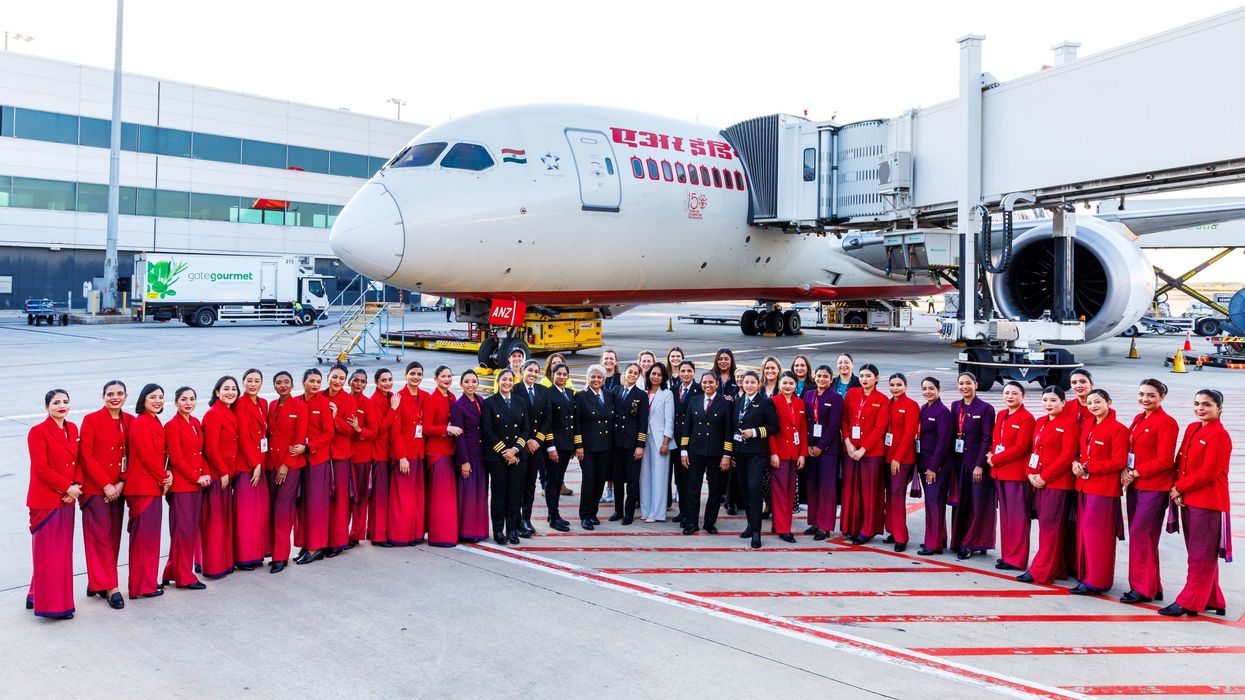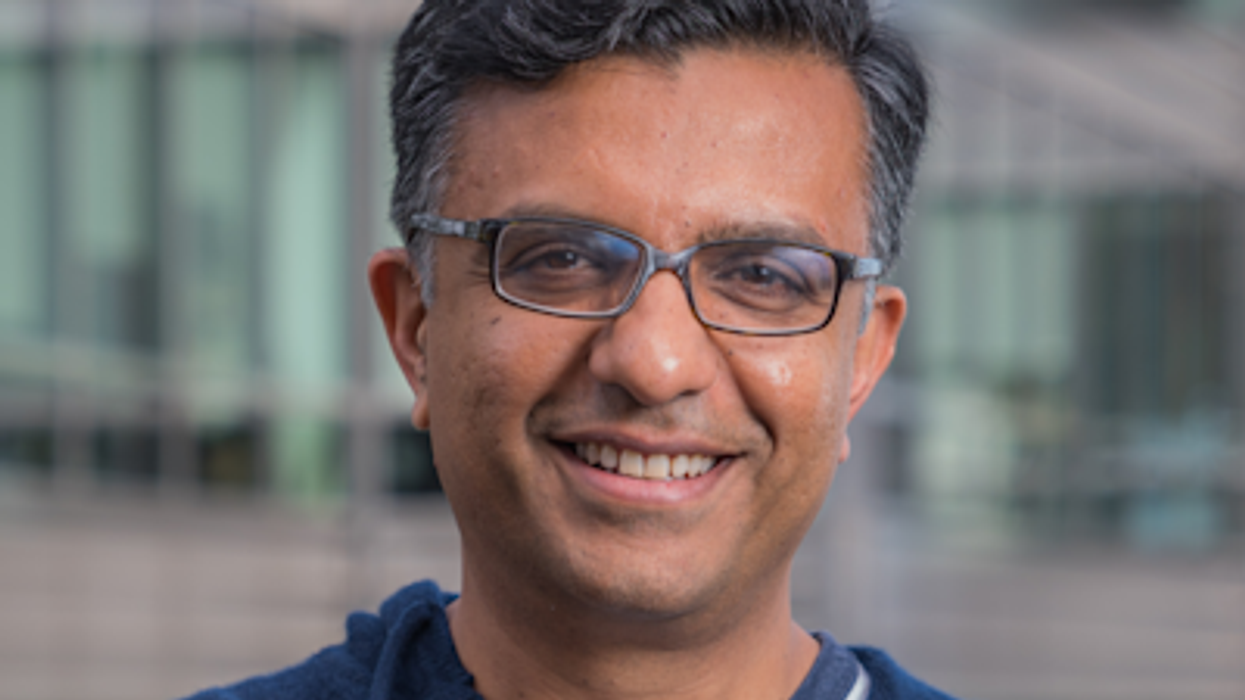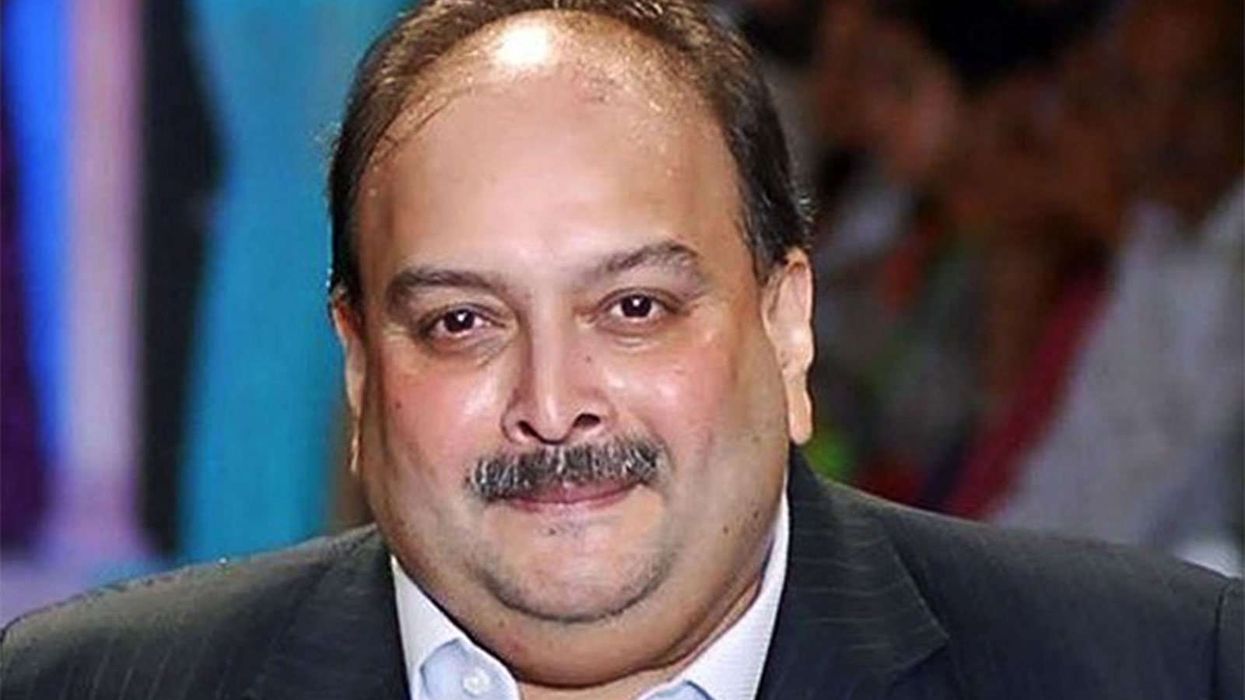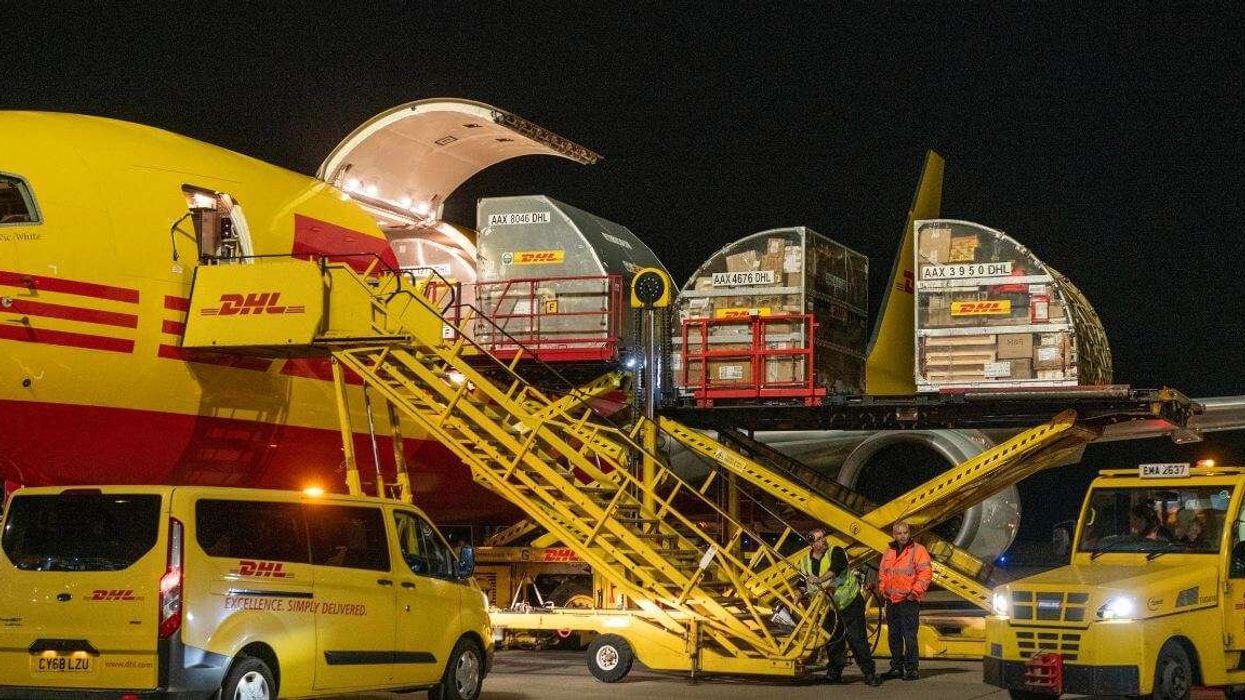ON A recent Air India flight from Heathrow to Delhi in a brand new Airbus A350, a routine announcement from the flight deck said the aircraft was under the command of Neelam Ingale and Ruhani Dogra.
One of the female members of the cabin crew was surprised that Eastern Eye was surprised that both the pilot and co-pilot were women. This was nothing unusual, she indicated.
When the aircraft hit turbulence and passengers were asked to put on their seatbelts, the pilots came across as calm and reassuring.
Eastern Eye learned later that 16 per cent of the pilots in Air India are women, while the industry average is five per cent.
Women comprise 46 per cent of Air India’s total workforce of 30,000 – 21 per cent of staff in ground services, 27 per cent in finance and 22 per cent in the digital and technology division. This proportion has been growing since the Tata Group took over Air India following the national carrier’s privatisation in 2022. It had previously been nationalised in 1953.
The Parsees who have run Tata over the years have always believed in promoting women.
It seems that, almost without anyone noticing, a social revolution has taken place in India, brought about by women in urban society entering the workplace.
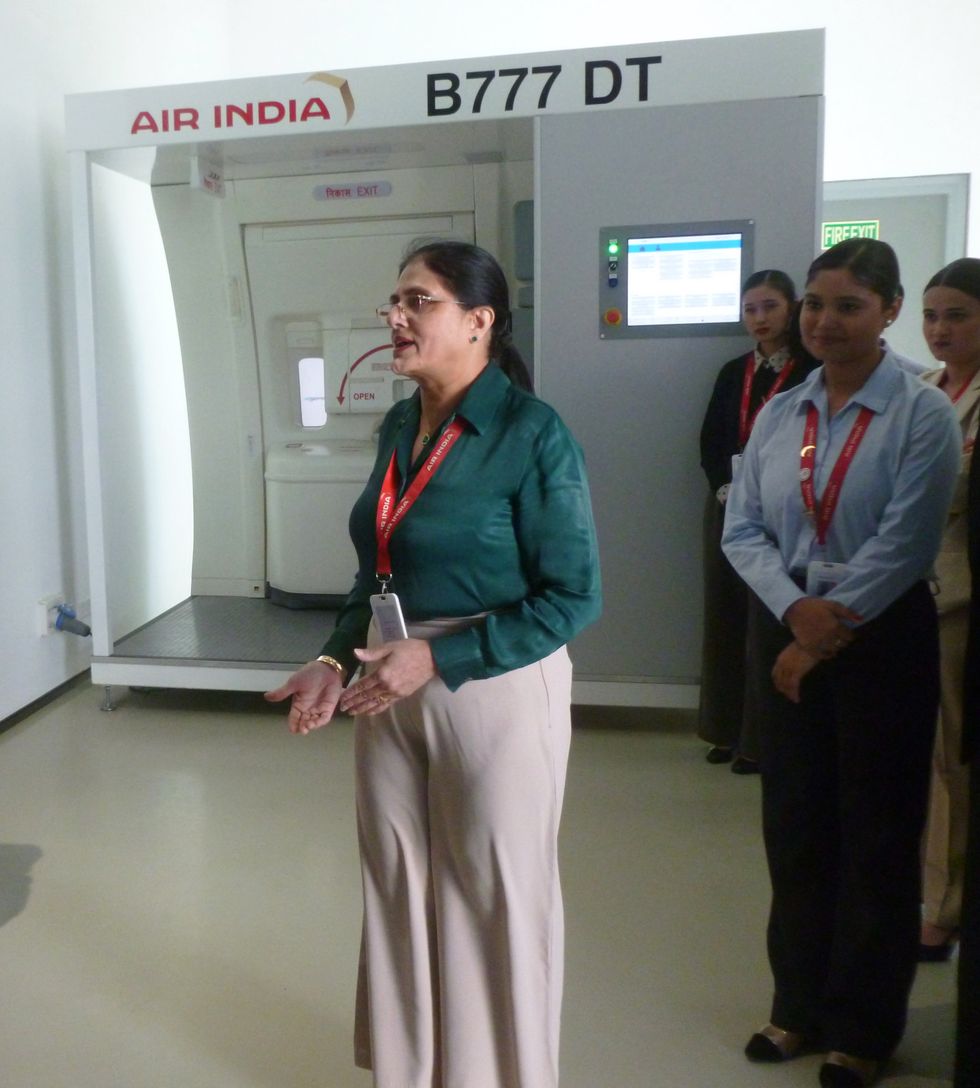
And what is happening in Air India is reflective of that change. If the Indian economy is doing well, it is partly – possibly even mainly – due to its women.
At Air India’s state-of-the-art headquarters in Gurugram, just outside New Delhi, there is a training academy where women learn a range of skills – from using cosmetics to look their best (“smoky eyes, soft lips” is an option), to serving the right wines and using the correct China and cutlery, putting out on-board fires, opening aircraft doors in an emergency, and dealing with an incapacitated pilot.
From flying to engineering, no area is now closed to women.
All this is a far cry from the world portrayed in Satyajit Ray’s film, Mahanagar (The Mighty City), when tensions erupt in a middle-class Bengali family in Kolkata when the wife becomes its sole bread winner. The woman’s father-in-law would much rather beg for money from his former students while her husband feels humiliated, especially after he is made redundant from his job with a bank. The film, made in 1963, was described by the critic Philip French as a classic to be set alongside Ray’s famous Apu trilogy.
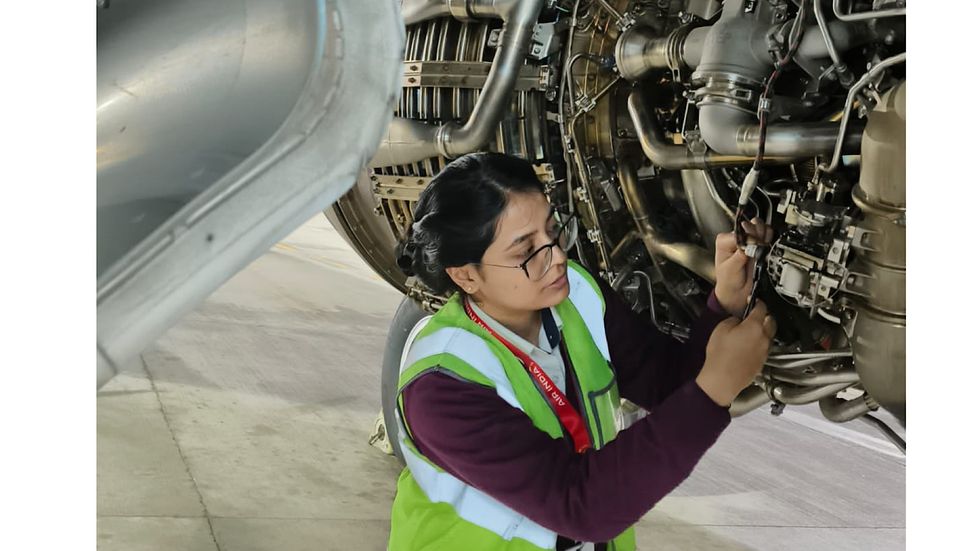
The women working in Air India or in corporate India most probably have not seen or even heard of the film and have generally escaped the strict patriarchal society depicted by Ray. Of course, many career women rely on domestic help for cleaning and cooking.
One well-off woman, with homes in London and Delhi, told Eastern Eye: “My maidservant has a son and a daughter. She was very keen that I help her daughter financially with her education, which I did. The girl rejected the offer of marriage, applied for and secured a government job, and has now moved from Delhi to Patna (the capital of Bihar), where she is an independent woman earning `100,000 (£879) a month (a handsome salary in Indian terms).”
It does seem to be the case that across India, even servants want their sons and especially daughters to be educated.
Air India’s CEO and managing director, Campbell Wilson, said: “At Air India group, we take pride in the fact that women leading from the front is a norm, rather than an exception. India leads the world in the number of women commercial pilots and Air India group is significantly contributing to this achievement. We have been focusing on nurturing a diverse, equitable and inclusive workforce and have women representation across key decisionmaking roles, driving our transformation journey.”
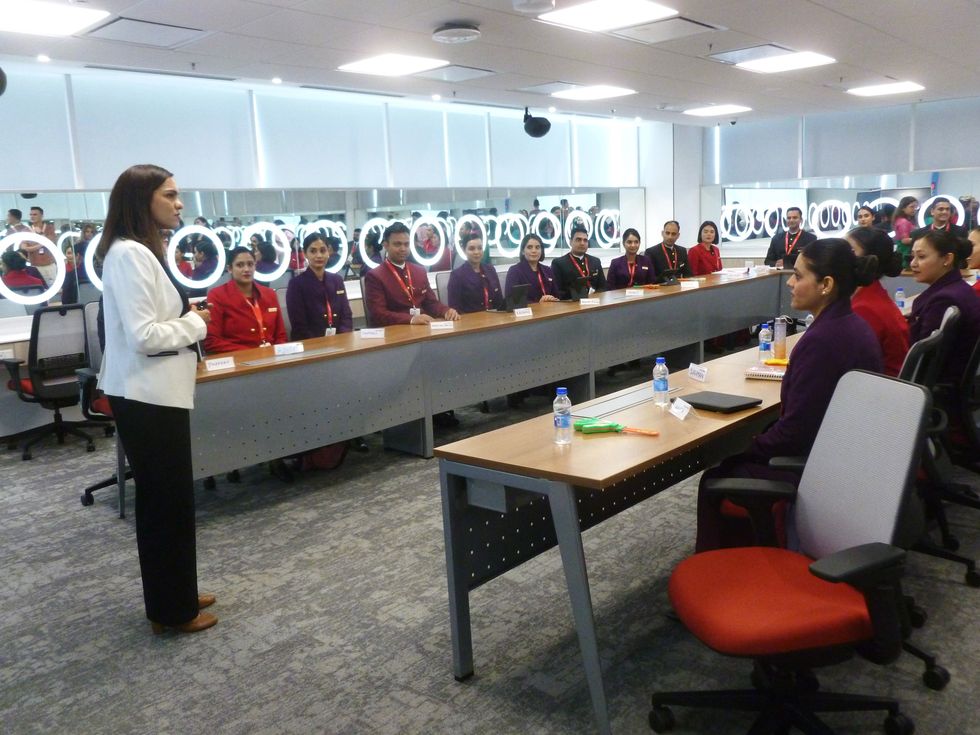
In a briefing session with a small group of visiting journalists from the UK, Wilson was asked whether the proportion of women pilots encouraged others to put themselves forward.
“Absolutely,” he replied. “Some of our cadet batches now are 50- 50, or more – and not by design.”
The airline’s management, too, is helping the process. Air India’s academy plans to train some 50,000 Air India professionals in the next few years, “encompassing a wide spectrum of roles including pilots, cabin crew, engineers and security personnel. The curriculum seamlessly blends both classroom training and practical application to foster industryready aviation professionals.
Air India is also in the process of setting up over 20 Full Flight Simulator (FFS) bays within the academy to support the airline’s existing and future Airbus and Boeing fleet and ensure crew readiness ahead of aircraft deliveries.”
The airline has placed an order for 570 new aircraft, the biggest in aviation history – and this number may not be enough. It is also spending £500 million upgrading existing wide-bodied aircraft.
It said: “Air India group marked International Women’s Day on March 8 with a demonstration of its commitment to reinforce the importance of inclusivity at the workplace, upholding the Tata Group’s commitment to diversity and promoting a level playing field for its employees.
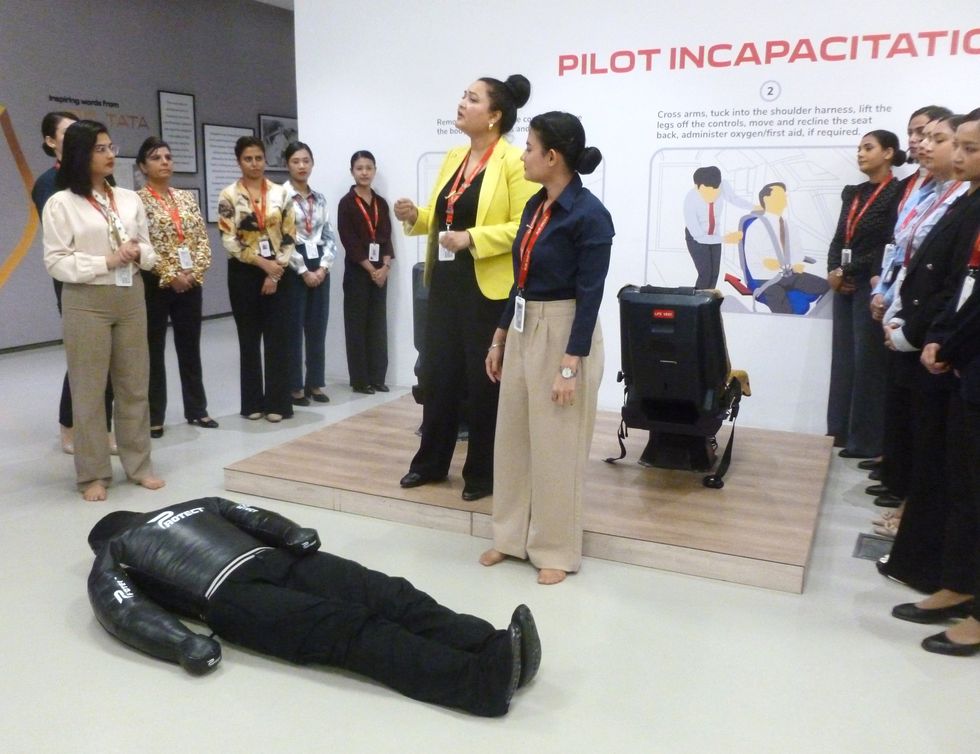
“In resonance with #AccelerateAction, the theme of International Women’s Day 2025, the Air India group took to the skies with flights managed by all-women teams across functions in the air and on the ground, while also unveiling a series of initiatives for women employees and special offers for women passengers.
“In all, 18 flights operated by Air India and Air India Express on select international and domestic routes, were managed by allwomen teams that included pilots, cabin crew, crew roster planning analysts scheduling duties for the all-women crew onboard, flight dispatchers and a meteorologist planning and monitoring flights from departure to arrival, crew controllers tracking all crew ensuring compliance with flight duty time and rest requirements and a female operations control duty manager overseeing Air India’s day of operation.
“Destinations to which these flights were operated included Melbourne, the longest among them, Heathrow, Dammam, Muscat, Ras Al Khaimah, Abu Dhabi, Varanasi, Pune, Visakhapatnam, Kolkata, Bagdogra, Bhubaneswar, Vijayawada and Guwahati.”
The airline also said that “at an organisational level, Air India has launched the #HerMatters initiative to assist its women employees navigate critical life events, both on their professional and personal fronts, for a better work-life balance. The airline organised webinars and panel discussions on topics such as financial independence for women, return to work after maternity and shift from support to sponsorship to nurture women leaders within the airline.
“Air India group has also decided to organise sessions on careers at girls’ schools in Delhi to inspire young women to pursue careers in aviation. Under this initiative, Air India employees will visit these schools and share their experiences and growth opportunities in Indian aviation.”
Between March 1 and 8, Air India offered discounts on fares if there was a woman in the group.
The visiting journalists had a briefing on the journey from “saris to stripes” – stripes are worn by pilots – from a senior woman executive, Anjali Birla, a member of the customer experience team.
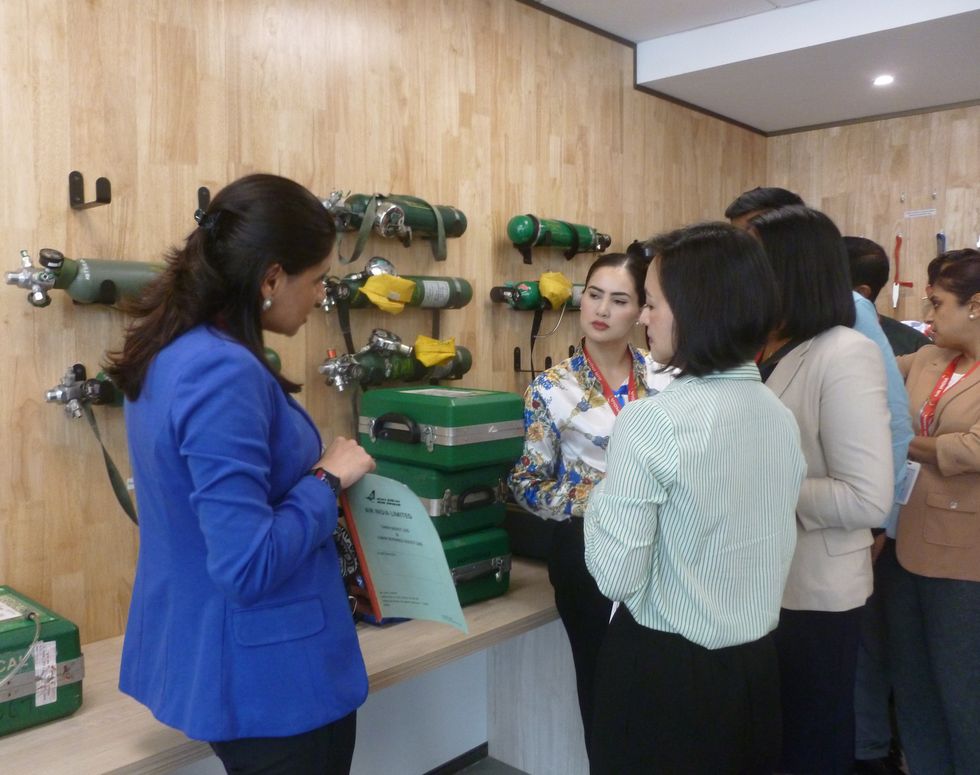
She said: “I’d like to highlight that 46 per cent of our workforce are women. Perhaps one thing that makes Air India unique is the fact that the gender ratio is not something that we’re going after. It’s a lot more organic, and that makes it a great place for women to work.
“One of our biggest assets is our cabin crew and pilots. They have trained with the best technology and are repeatedly trained to ensure a consistent experience across all our aircraft, new or old.”
After showing a video, Birla spoke about “our fabulous new uniforms”, designed by Manish Malhotra, a famous designer who makes clothes for Bollywood and for high society.
“They’re modern, functional, chic, but at the same time, maintain their Indian heritage. The women are wearing a sari, the men bundh gala, and the pilots sharp, double-breasted suits.”
Also shown was “a fusion between pants and a sari. Draping a sari can be a bit of a challenge, but these are ready to wear. You just kind of slip them on. All the outfits are extremely functional. They’re comfortable. They’re designed to be able to service a nine and a half hour flight from London to Delhi.”
The airline provided some background on its saris: “The iconic Air India sari made its debut in the 1960s when the airline wanted to project India as an exceptional travel destination. The uniform featured exquisite silk saris complemented by the bouffant hair style which went onto become a huge hit. More variations in the uniform were introduced in this period, including the ghagra choli and the salwar suit. The ghagra choli as the uniform truly epitomised the glamour and the golden age of flying. The sari continued as the uniform mirroring the fashion trends over the years – the bold printed saris of the 1970s or the muted hues of the 1980s.”
Malhotra, whose clients include members of the Saudi royal family as well as Bollywood stars, among them Shabana Azmi, Rekha, Shah Rukh Khan, Aishwarya Rai Bachchan, Kajol, Karisma Kapoor and Karan Johar, said in a statement: “I am honoured to have been given the opportunity to design the uniforms for Air India. It is a privilege to be able to contribute to the national flag-bearer and showcase the elegance and charm of Indian fashion.
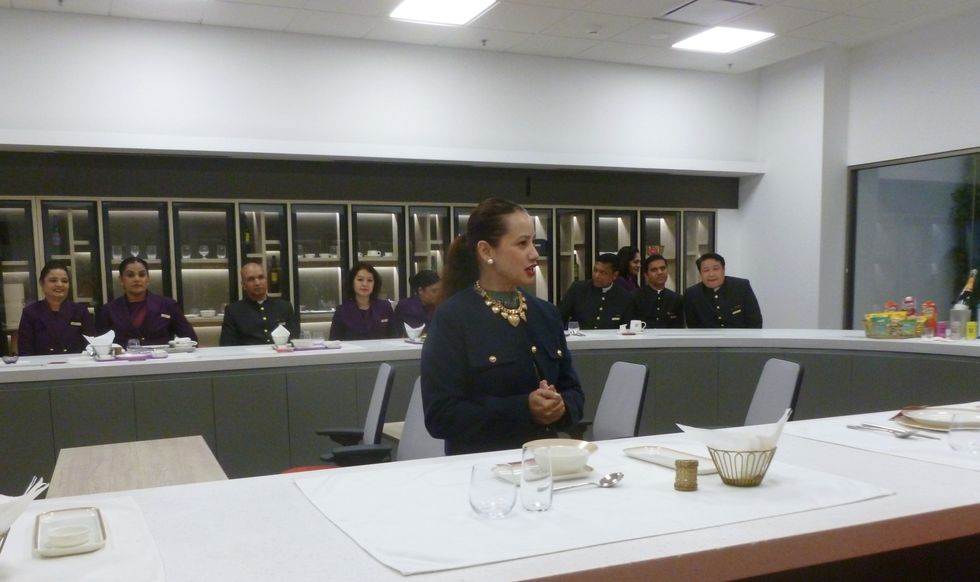
“My aim was to create uniforms that capture the essence of India’s diverse culture and traditions while also embodying a modern and sophisticated look. By incorporating quintessential hues that are symbolic to India, I hope that these uniforms not only make the crew feel proud but also leave a lasting impression on the guests, representing the warmth and hospitality that India is known for.”
One of the more fascinating classes Eastern Eye attended was on cosmetics where women – and men – listened intently to their teacher so that what god had created could be enhanced.
In Shakespeare’s Twelfth Night, Viola, dressed as a boy and bearing a message from the lovestricken Duke Orsino, has a little dig at Lady Olivia, hinting her beauty may owe something to the use of cosmetics: “Excellently done, if God did all.”
Phrases used by the teacher included “blush peach or coral shades complementing the eyes”; “charcoal grey is for supervisors”; “smoky eyes, soft lips”; “black or dark brown mascara, smudge it with a brush”; “do not go for something salmon or orange in colour” (a tip that Donald Trump has clearly ignored); and “we have our hair guidelines, shaving guidelines for men”; and so on. The attention to detail was meticulous.
A world away, Shradha Dabral, a junior aircraft maintenance technician at Delhi Airport, talked about her daily routine.
“Every day in aviation is a new beginning,” she said. “I work in line maintenance as an aircraft maintenance technician, so my daily work involves carrying out pre-flight inspections, transit inspections, troubleshooting, and rectifying problems so the aircraft are back in the air as soon as possible and are in an airworthy condition. There is no better feeling than seeing an aircraft that you’ve worked on take to the skies.”
She continued: “As aviation is traditionally seen as a male-oriented field, my dad was slightly worried but also proud of me for standing against the odds and excelling in a job that is both unique and outstanding.
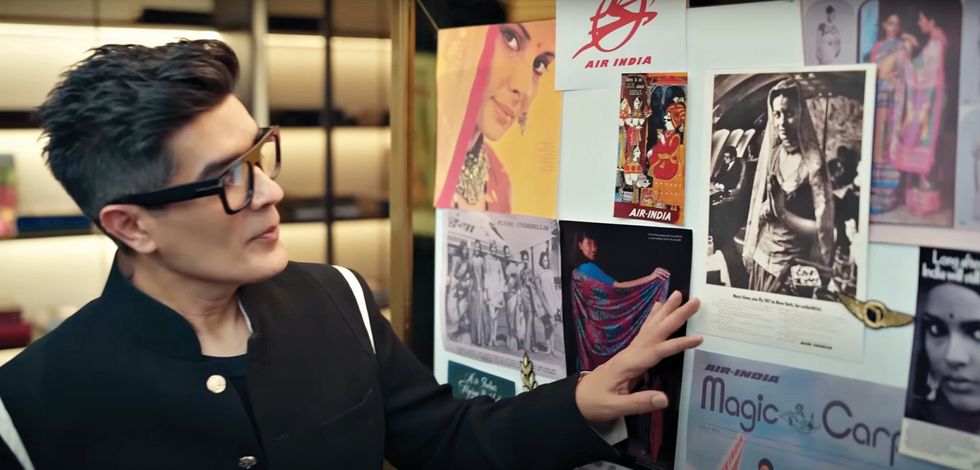
“My belief is that an aircraft does not know if I am a man or a woman. Then why should I have that distinction? I have always done the work I have been given with rigour and perfection, and that helped me propel ahead. This is a tough industry even for men, as it requires discipline and alertness.
“I have been fortunate as gender hasn’t played a part in my work at this organisation. But that’s not the case for everyone, and women still face challenges due to their gender in many organisations. I don’t believe I have experienced this during my career with Air India, even though I’ve always worked in roles stereotypically undertaken by men. Air India has been a pillar of support in this journey.
“As employees, we get concessional air travel tickets for family. I started saving money, and by the end of the year, I booked a flight for my parents and my grandmother to visit Pashupati Nath in Kathmandu and paid for their holiday. For the first time in her entire life, my grandmother boarded an airplane and saw what an airport and an airplane look like.”
